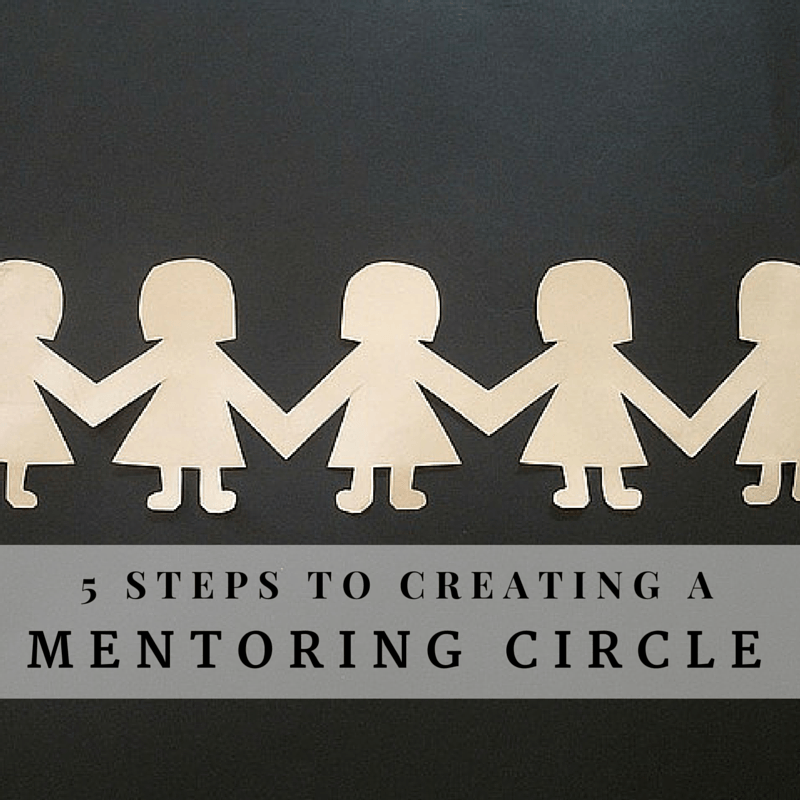
It’s been 9 months since I started meeting regularly with a small group of aspiring women leaders. Every month, we get together and talk about a myriad of topics. This week, I was running a few minutes late to our lunch gathering and witnessed something magical.
They didn’t wait for me.
Instead, they were connecting on their own, asking each other questions about work and life, opportunities and challenges. It was beautiful to behold.
When I first started down this path, I wasn’t sure what to do. I perceived a need and that I could do some good if I tried to fill it. Even if I learned as I went. The important part was to try and contribute.
A woman I respect greatly, who has experience with creating mentoring circles and knows me well, talked with me in those first few weeks. I had all sorts of ideas and ambitions about how to bring value to the group.
“SLOW DOWN” she said.
I had no intention of doing so, but life sometimes forces the obvious. We couldn’t go fast. These women, even though they knew me to some degree, didn’t know me – or each other – well enough to trust what we were doing.
It became clear early on that I couldn’t push. It takes time to get to know each other, feel comfortable with the rules of engagement, as well as being open in the group and one-on-one. These are fundamentals to any real growth and cannot be shortchanged.
It took 9 months to get to what I saw this week. And now we’re ready to consider those ideas from long ago.
I no longer have grand visions. Instead, I’m protective of the safe place that has been created for these women to talk with one another about their challenges, fears, questions, opportunities and delights.
If that’s what we are – if that’s our identity – then that’s pretty damn awesome in its own right.
But there are opportunities for them to learn from others, beyond just the handful of us. To bring in outside ideas and perspectives. Just how and when we do that will be for the group to decide, but now I understand what my trusted colleague was trying to tell me.
It was not until we became a unit that we could determine our identity. Until we know who we are, how can we decide who we want to be?
So now the journey can truly begin.
I have had others ask me about starting mentoring circles. Until now, I didn’t know what to say. Until now, I don’t know if I could have pointed someone in a direction without getting them lost.
If I decide to do this again some day, here are the steps I would take and recommend to others:
1. Ask yourself “why?”
Why are you interested in doing this? Why would someone else be interested in participating?
If you don’t know “why,” neither will anyone else. If you can’t communicate the “why,” you’ll have a hard time engaging them.
2. Vet your idea.
Talk to someone else, maybe someone you think would be interested in participating. Is there a need you’re filling? An interest you’ll be addressing?
If your idea benefits you, but isn’t something necessarily of interest to others, maybe a one-on-one mentoring relationship would address your need. Or, like me, talking to someone else can provide some needed guidance on how to begin.
3. Determine “who” you want to participate.
They may have common industries, backgrounds, skills or other things that align. Or maybe not. The “why” question usually leads to the “who.” I focused on asking people that I thought would want to participate and benefit based on my “why.”
Is trust and openness important to you? If so, you may want to start small. If it’s more about establishing connections and getting valuable information to people who aren’t getting it today, then you may want to go big.
Let your “why” guide you.
4. Engage.
Bring people together. If this is small and intimate, plan on taking time for people to connect. If it’s large and loud, expect people to group and pair off to create those same connections.
Mentoring is about relationships – if you don’t make it small and personal, the individuals involved will figure out their own way to do so. Make time for it.
5. Solicit the “what” and the “how.”
The people in the group are in the best position to influence its direction. Asking what they want the group to be, ideally aligned to the original “why” or value, is a great way to get their input.
Knowing the what can then drive “how” to get there. Maybe it’s reading and discussing a books, speakers, panels or other activities. Opportunities can easily be weighed against “what” the group aspires to.
The “how” can be a lot of fun and bring a ton of value. Until there is a collective, group identity and aspiration, however, the “how” could bring results that don’t align with the “why.”
I may not have had a plan going in, but based on how things are going, I think our group is ready to take the what/how step. It may have taken some time to get to this point, but the connections happening in and across the group are priceless. It’s been worth the wait.
Do you have experience with mentoring circles? What other steps would you recommend? I’d love if you would include them in the comments and keep the conversation going.








